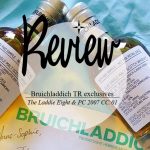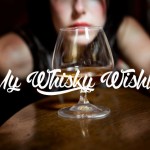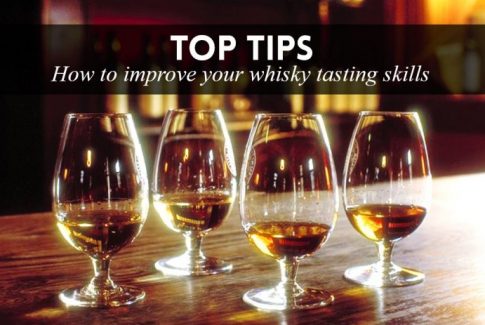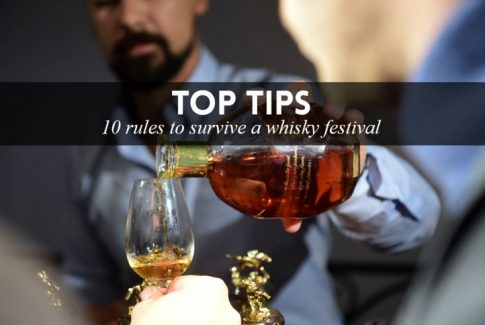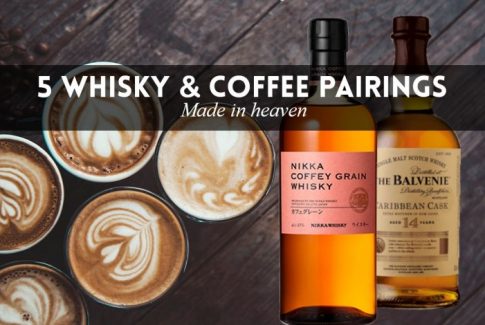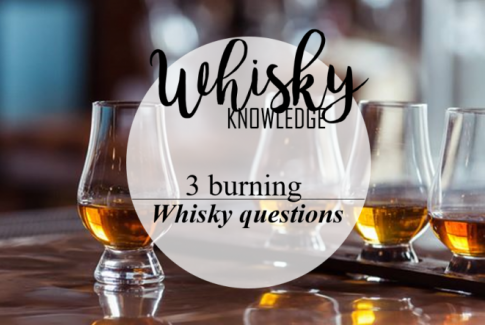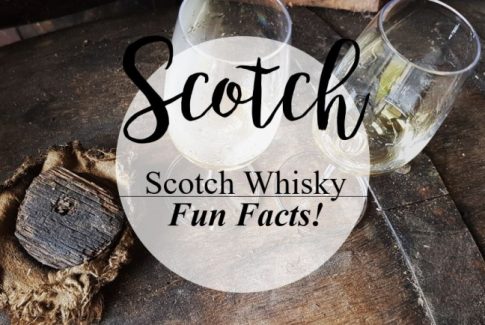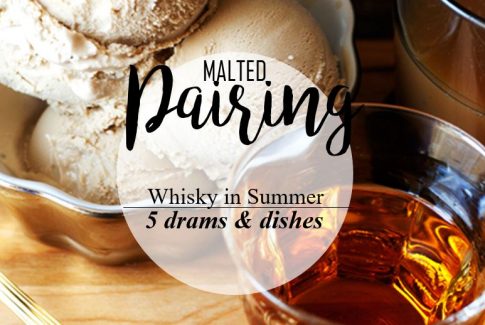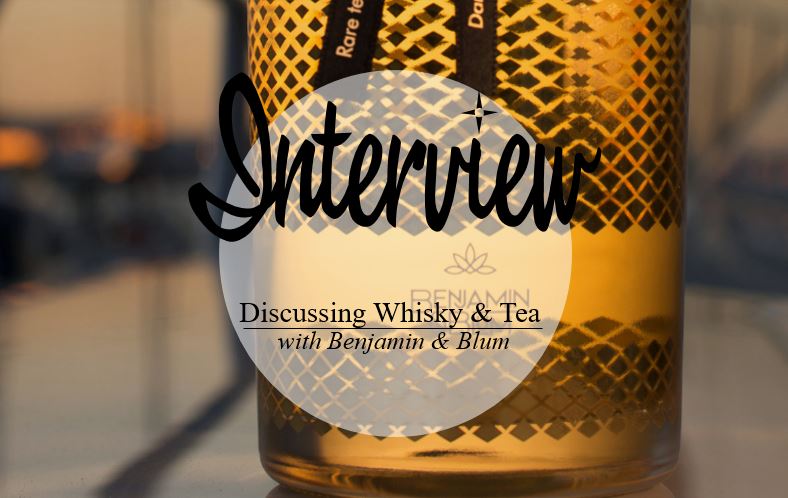
 First of all, could you please tell us a bit more about you: where do you come from, what’s your career background and how did you end up creating Benjamin & Blum luxury tea company?
First of all, could you please tell us a bit more about you: where do you come from, what’s your career background and how did you end up creating Benjamin & Blum luxury tea company?
I was born in the UK, but have lived and travelled around the world, recently leaving an international career in law to set up Benjamin & Blum. I have always had a passion for wine and spirits, and rather than enjoy them as a hobby I decided to join the industry and create something new of my own.
The idea behind Benjamin & Blum is spirits pairings, to give existing drinkers new experiences and to introduce beginners to the wonderful world of fine spirits. We launched our first bottled tea range in early 2015, and are already planning a series of new products to pair with whiskies and other spirits.

As we’re mainly talking whisky around here, how would you describe your personal relationship with this spirit? First whisky sipped? A personal favourite?
I have always enjoyed spirits, and started my whisky journey in bourbon. My introduction to malt took place about 10 years ago when a good friend poured me a dram of Ardbeg Very Young, part of their range of youthful expressions that showed how the whisky develops in cask.
That robust start has shaped my whisky drinking, and I am a big fan of peat – my everyday dram is a Lagavulin 16, and on a recent visit to Islay I discovered the delights of the Octomore range from Bruichladdich. Most of all, however, I enjoy exploring the sheer range of flavours and styles that whisky offers around the world.
 Everyone now has already tried a whisky & chocolate or whisky & cheese pairing, which are very popular. But with Benjamin & Blum, you are taking pairings to another level with whisky & tea combinations: how can those two liquid products complement or sublimate each other?
Everyone now has already tried a whisky & chocolate or whisky & cheese pairing, which are very popular. But with Benjamin & Blum, you are taking pairings to another level with whisky & tea combinations: how can those two liquid products complement or sublimate each other?
Although the starting point of tea is a simple leaf, there are numerous ways to grow, pick and process it, which means that—similarly to whisky—tea can express itself in many ways. High quality tea contains an enormous range of flavours, from malty and fruity through to fragrant and floral, and that wide range offers the opportunity to find a perfect match.
Even more importantly, you can mix the two liquids together to create a new drink that highlights different components of each. It is not just about creating a harmony: the tea often picks out notes from the whisky that were not detectable before. In this way it is quite different from adding water. Water can be great for whisky when it is just a few drops, but with more you just end up with a dilute-tasting drink. When you add tea instead (and I am talking about chilled or ambient temperature tea), you draw out key flavour notes and create a rounded experience.

Which specific tea & whisky pairings would you recommend our readers to try?
There is a lot of trial and error involved in selecting and preparing a tea to enjoy with a whisky, and at Benjamin & Blum we wanted to make it easy for our customers by doing the initial work for them. We focus on Chinese styles of tea, since the black teas that we drink in Europe are often too oxidised to pair with whisky.
For example, our Oolong is robust, with hay and smoky notes, and it works with a surprisingly wide range of whiskies. One of my favourite pairings is the Benjamin & Blum bottled Oolong with the Glenlivet Nàdurra 16.
Wine writer Will Lyons recommends our Oolong with a Lagavulin 16, while Marcin Miller of Number One Drinks recently suggested drinking it on ice with the Glenrothes 1998 for a deluxe drink on sunny afternoons. I am looking forward to enjoying that this summer! Our Darjeeling White Peony is a lighter, more fragrant style and pairs with whiskies ranging from the fruity Glenfiddich 18 to the heavily sherried Glenfarclas expressions. I have also enjoyed it with a Springbank 21, the Chivas Regal 18, and several Japanese malts.

Whisky & tea as a mixed drink has been hugely popular in Asia for many years – but what about other countries? Whisky and tea being two traditional British products, is there any historical record of mixing those two drinks together in Britain?
Tea and whisky have had a close history in Britain, with Scottish merchants often specialising in both. Johnnie Walker, for example, learned the art of blending whisky from his experience of blending tea. As for drinking the two together, it is the closest we have to a traditional “medicine”, as any whisky lover who has a cold will attest.
The two sets of flavours pair up so well, and they used to be enjoyed together more frequently. Legend has it that Queen Victoria would drink a blend of tea and whisky every day, after she was introduced to the idea on one of her stays at Balmoral castle in Scotland. I am keen to revive this European tradition and to fuse it with the more recent Asian customs.
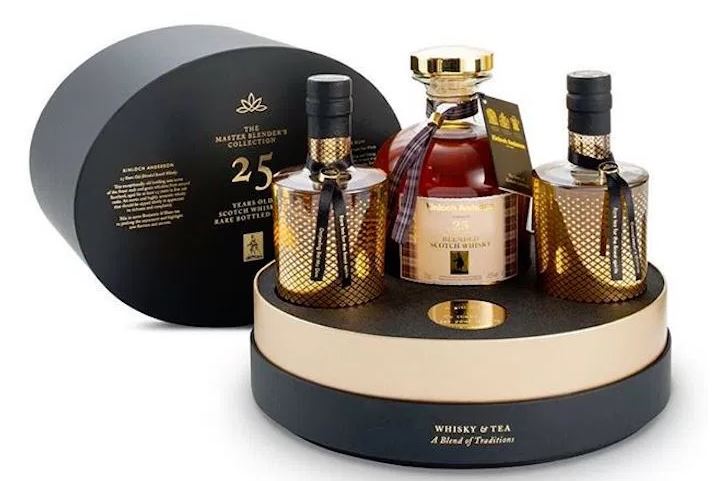
Is Benjamin & Blum designing a specific tea range for whisky pairings or can ANY tea find its malted soulmate? What characteristics should we be for in a tea to match it with a specific whisky?
For the pairing to work, the tea must be brewed to draw out its character without drawing out too many tannins. That means adjusting the brewing time and temperature for that specific tea, but it also means selecting the appropriate tea to begin with.
We created the Benjamin & Blum bottled teas specifically to pair with whiskies, because it is much easier for drinkers to enjoy the combination when the tea has been selected and brewed in a controlled manner. We also have access to some very special, rare teas that have just the right characteristics to pair with a range of whisky styles.
We tried out a larger number of tea styles from top estates across the main tea-growing regions. Mid-oxidised teas, such as high quality Oolongs, are great because they have depth of flavour without too much tannin, and they pair across a broad spectrum of whisky flavours. Green teas are difficult to pair with whisky because of their bitterness, whereas white tea is a delicate style that can work beautifully with the right leaves. Indian classics such as Darjeeling offer a challenging but rewarding pairing experience.

How do you see the future for Benjamin & Blum: any project in the pipeline? A crazy dream you’d like to achieve?
We will be expanding the range of bottled teas soon with some really interesting and rare teas from China. I am particularly excited about a product we are launching this autumn – the first release of a whisky and tea blend, pairing up an exceptional tea with a deluxe whisky, ready to enjoy straight from our elegant decanter. It’s an opportunity for whisky drinkers to experience whisky in a new way, and to get more people interested in drinking whisky.
I would like to see everyone reaching for a Benjamin & Blum tea when they drink whisky. Whether it’s a palate cleanser for really special whiskies like Karuizawa and The Last Drop, or a deluxe mixer to pair with a favourite dram, there is always a way to enjoy the two together. And one day I would like to see James Bond ditching the martini and asking for a whisky and tea, shaken not stirred.



